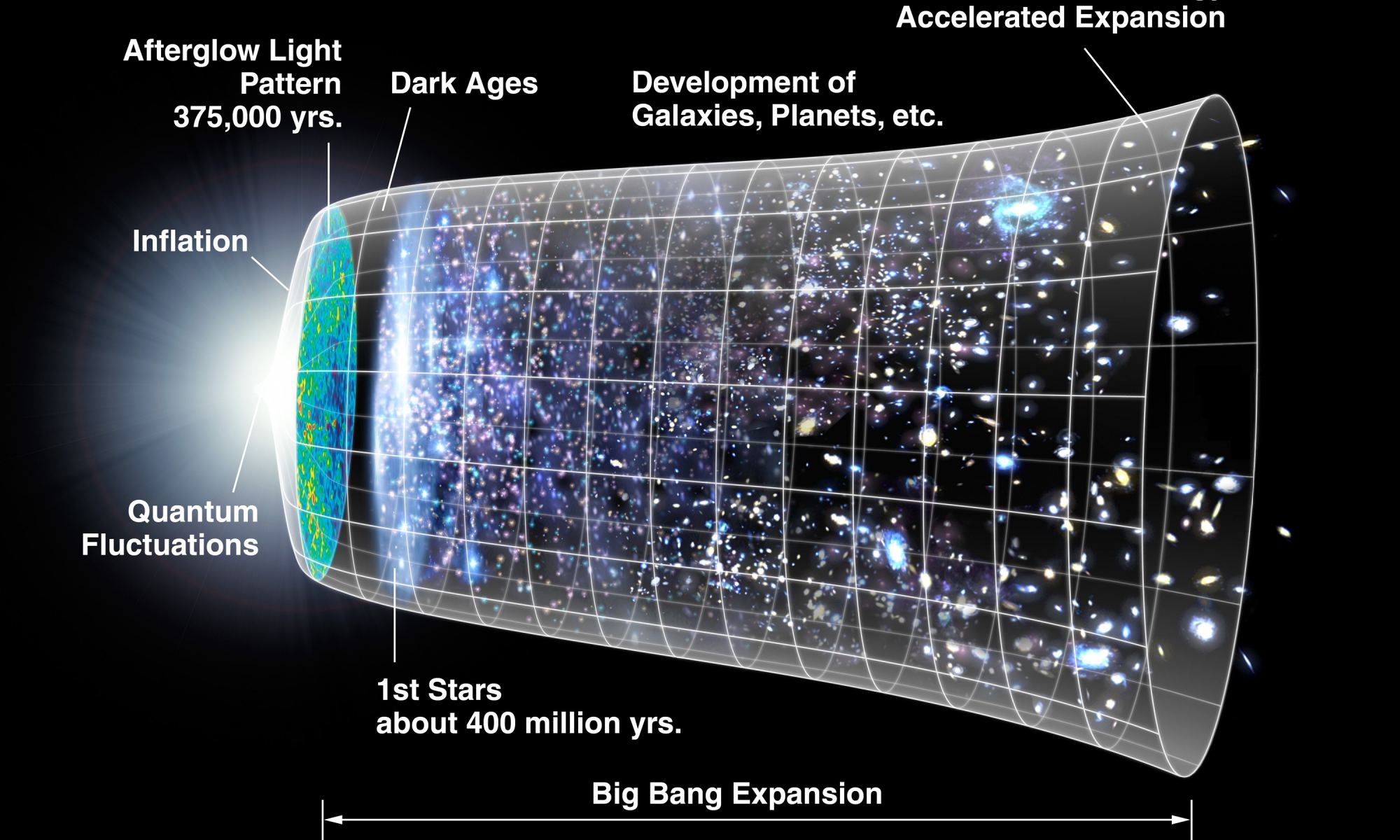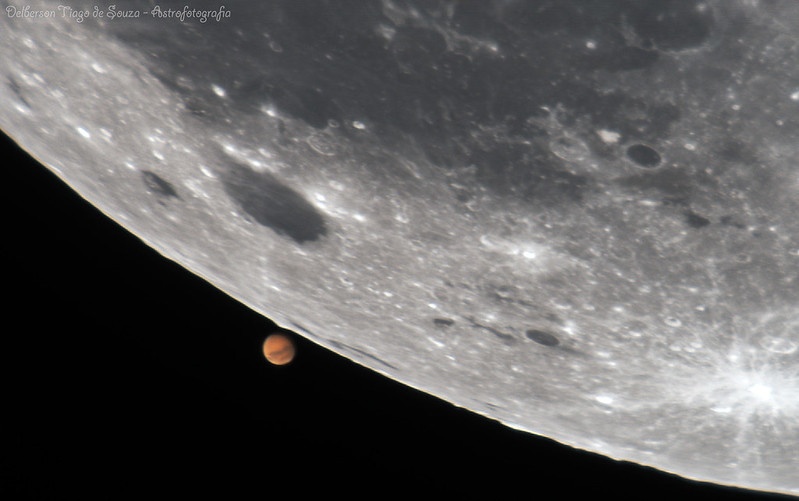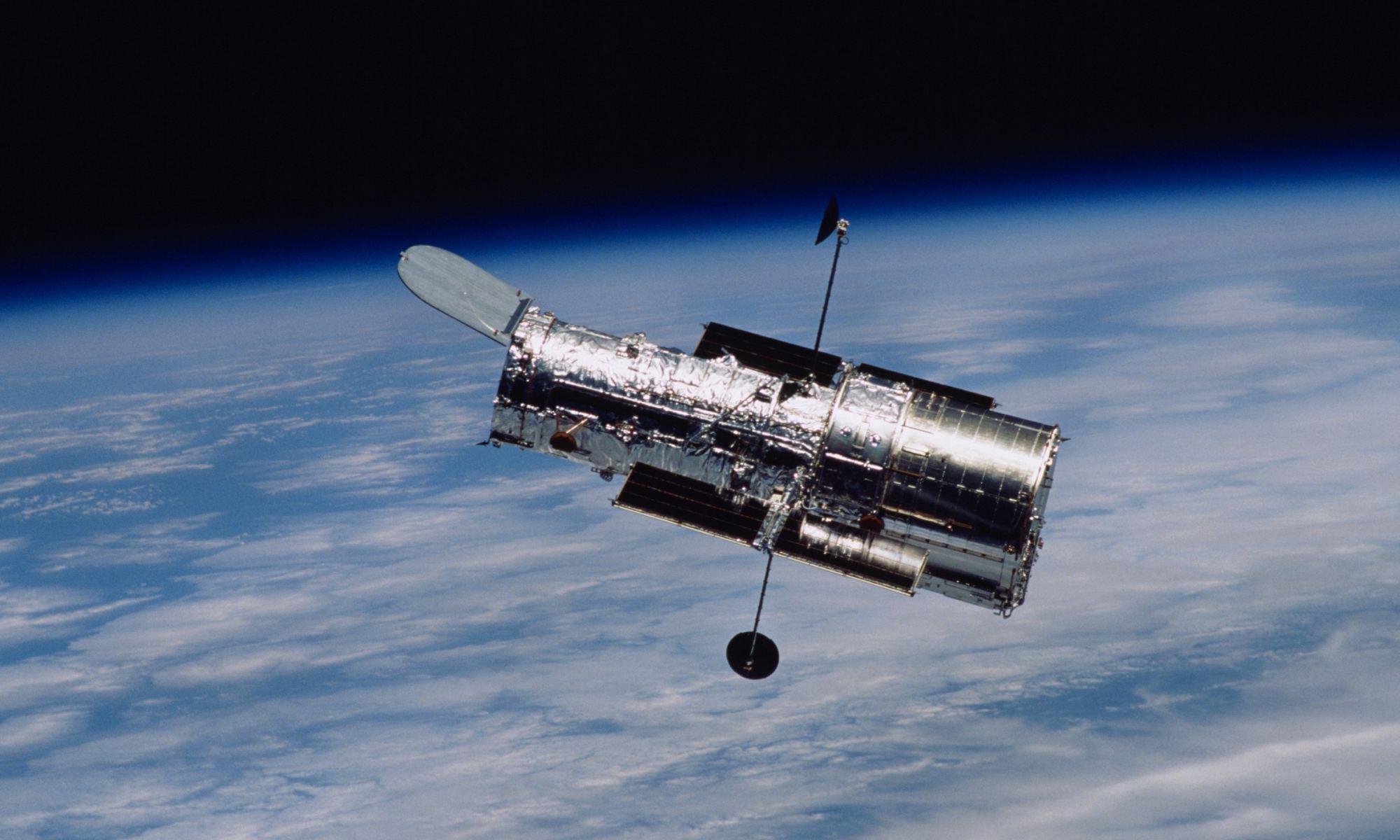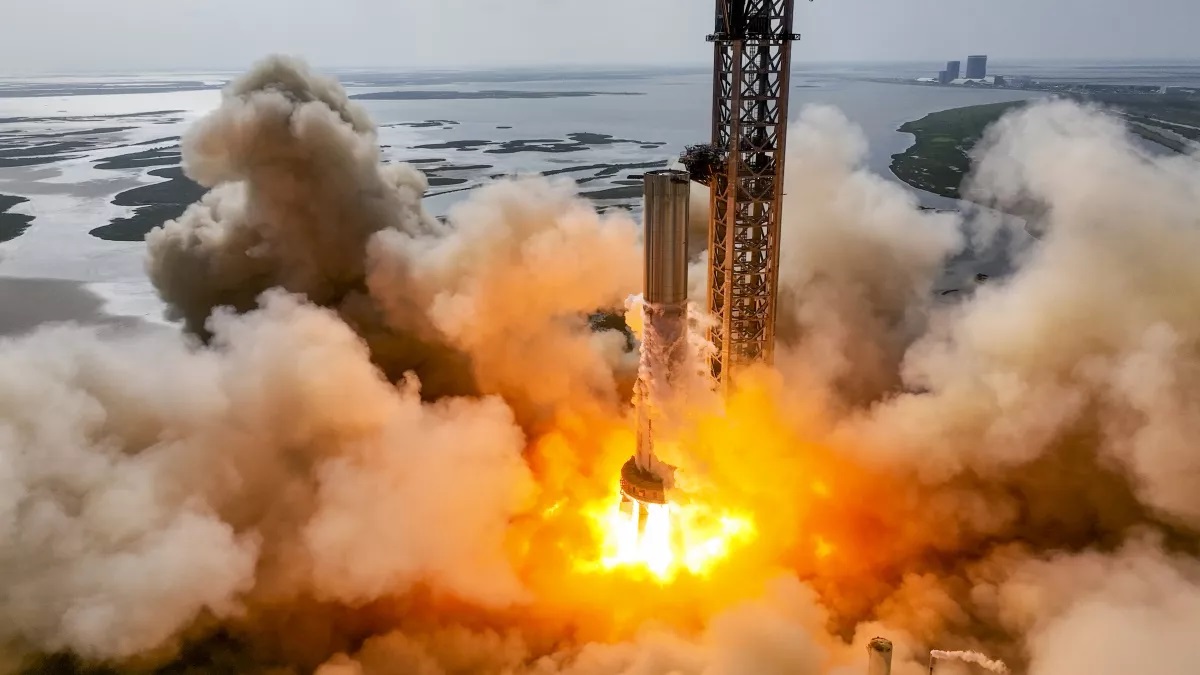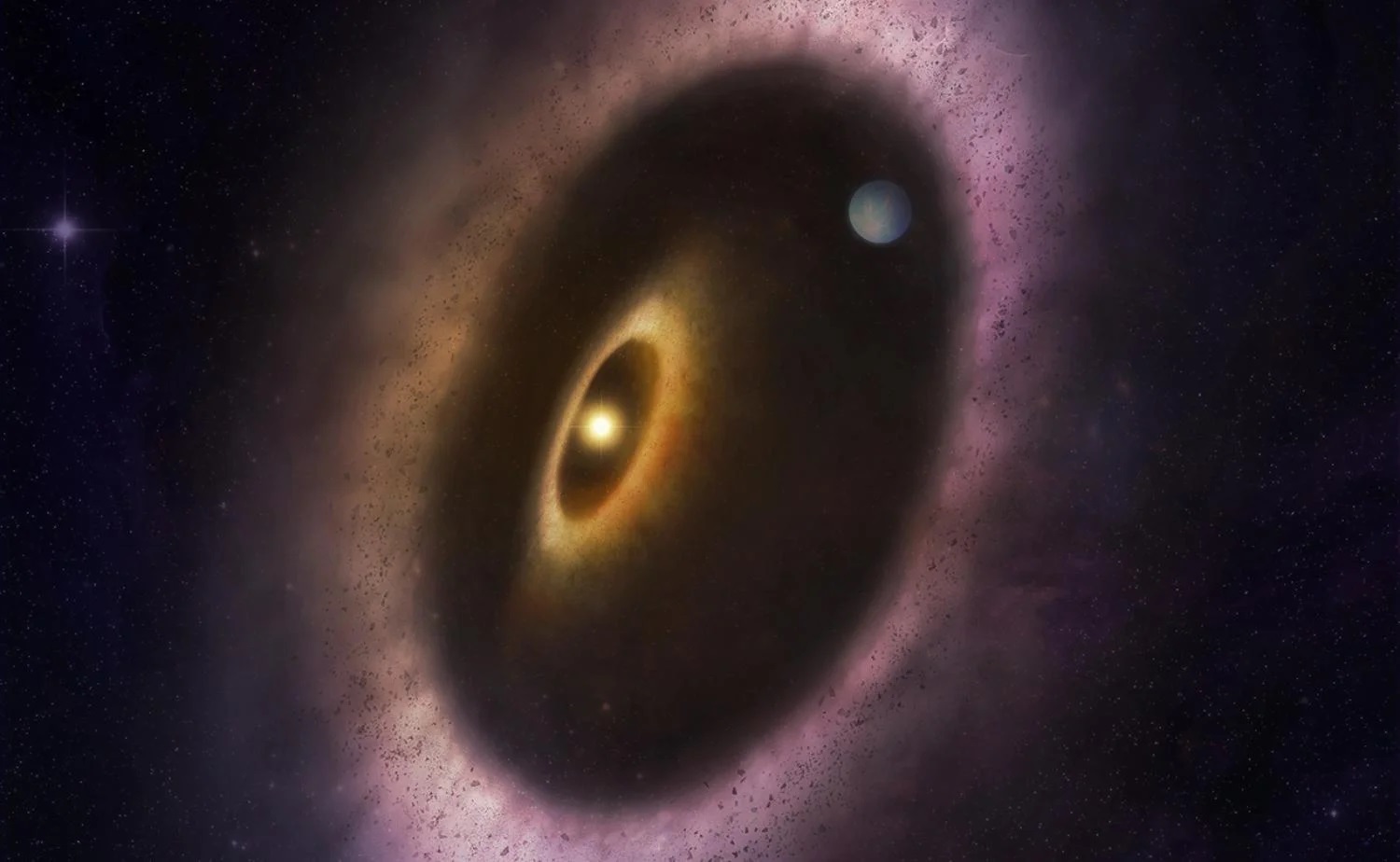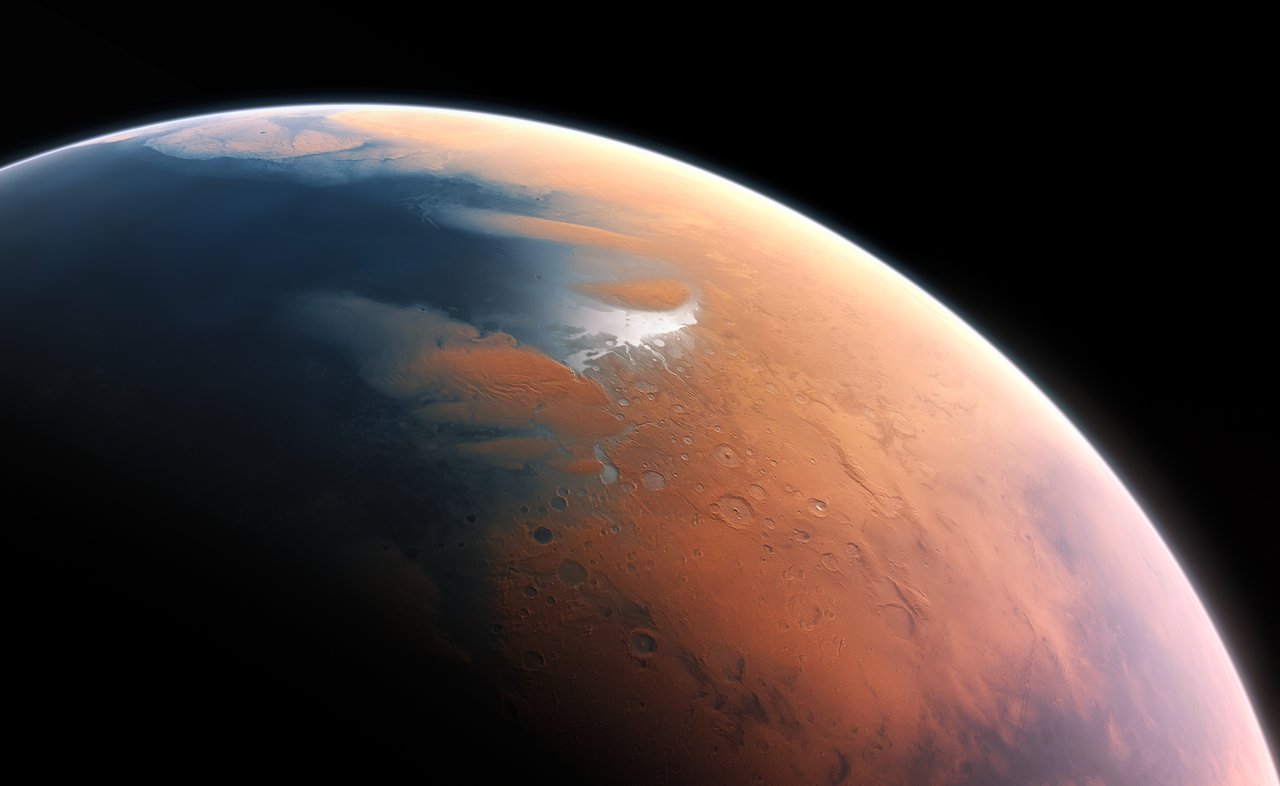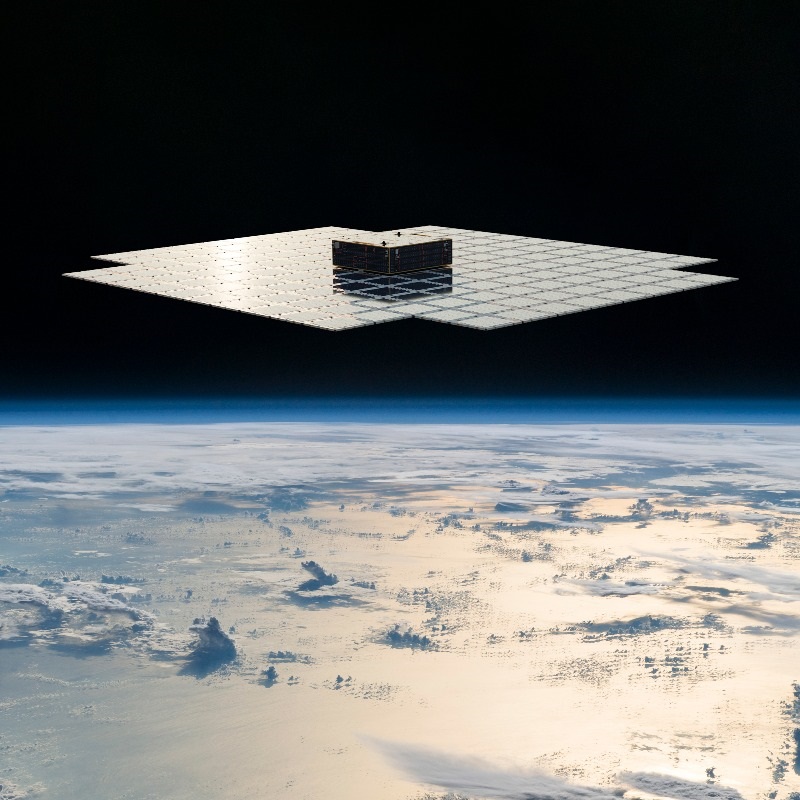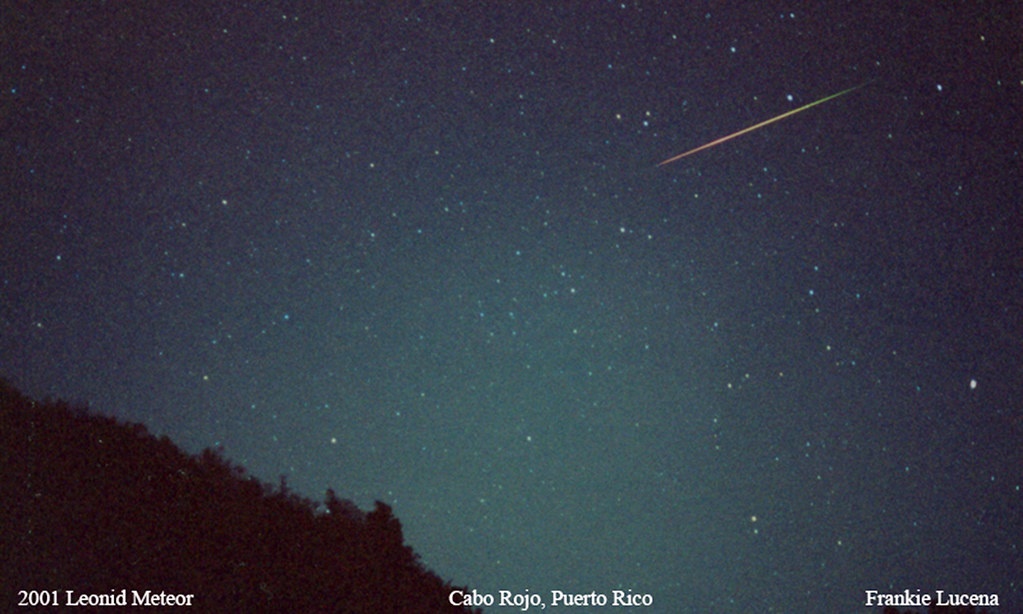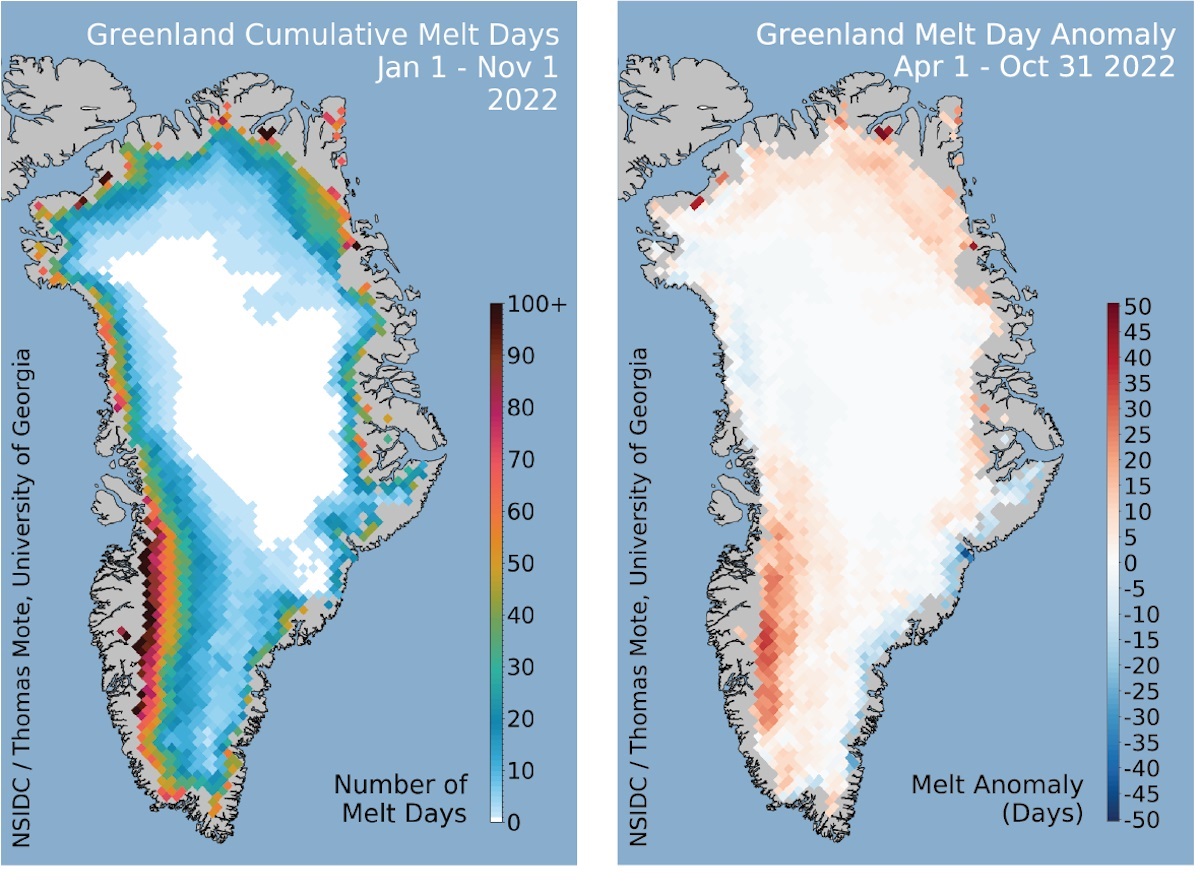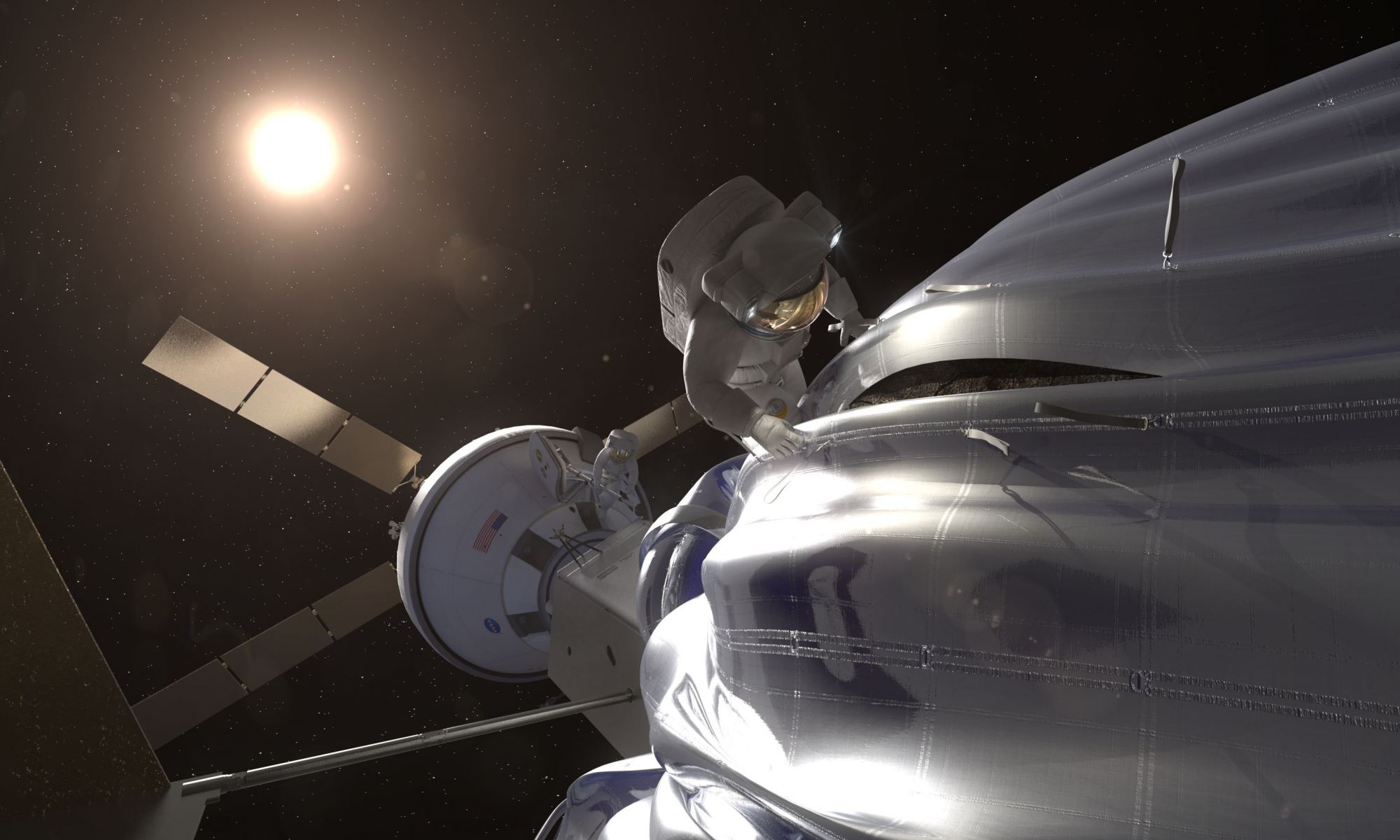In 1916, Einstein finished his Theory of General Relativity, which describes how gravitational forces alter the curvature of spacetime. Among other things, this theory predicted that the Universe is expanding, which was confirmed by the observations of Edwin Hubble in 1929. Since then, astronomers have looked farther into space (and hence, back in time) to measure how fast the Universe is expanding – aka. the Hubble Constant. These measurements have become increasingly accurate thanks to the discovery of the Cosmic Microwave Background (CMB) and observatories like the Hubble Space Telescope.
Astronomers have traditionally done this in two ways: directly measuring it locally (using variable stars and supernovae) and indirectly based on redshift measurements of the CMB and cosmological models. Unfortunately, these two methods have produced different values over the past decade. As a result, astronomers have been looking for a possible solution to this problem, known as the “Hubble Tension.” According to a new paper by a team of astrophysicists, the existence of “Early Dark Energy” may be the solution cosmologists have been looking for.
Continue reading ““Early Dark Energy” Could Explain the Crisis in Cosmology”
